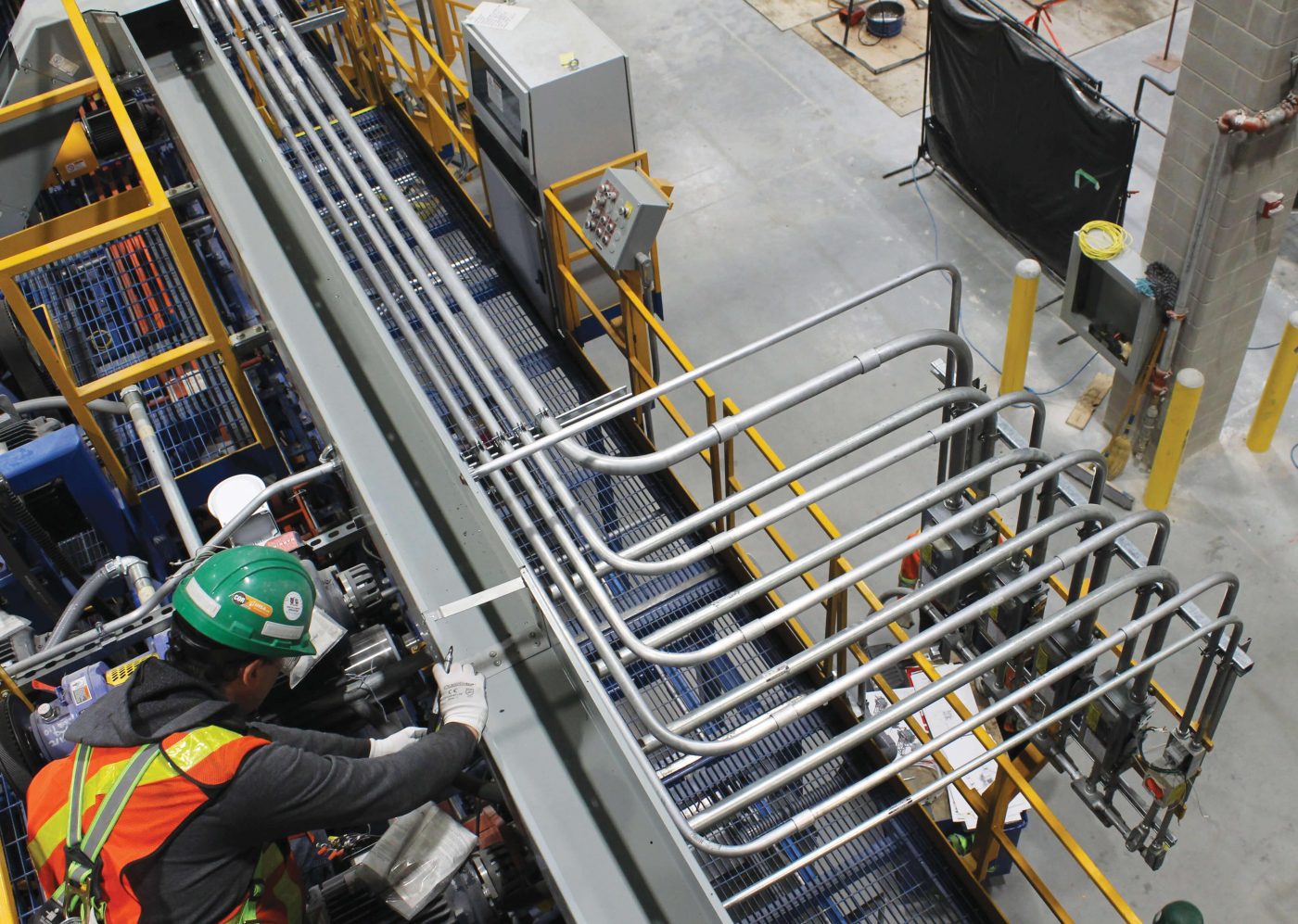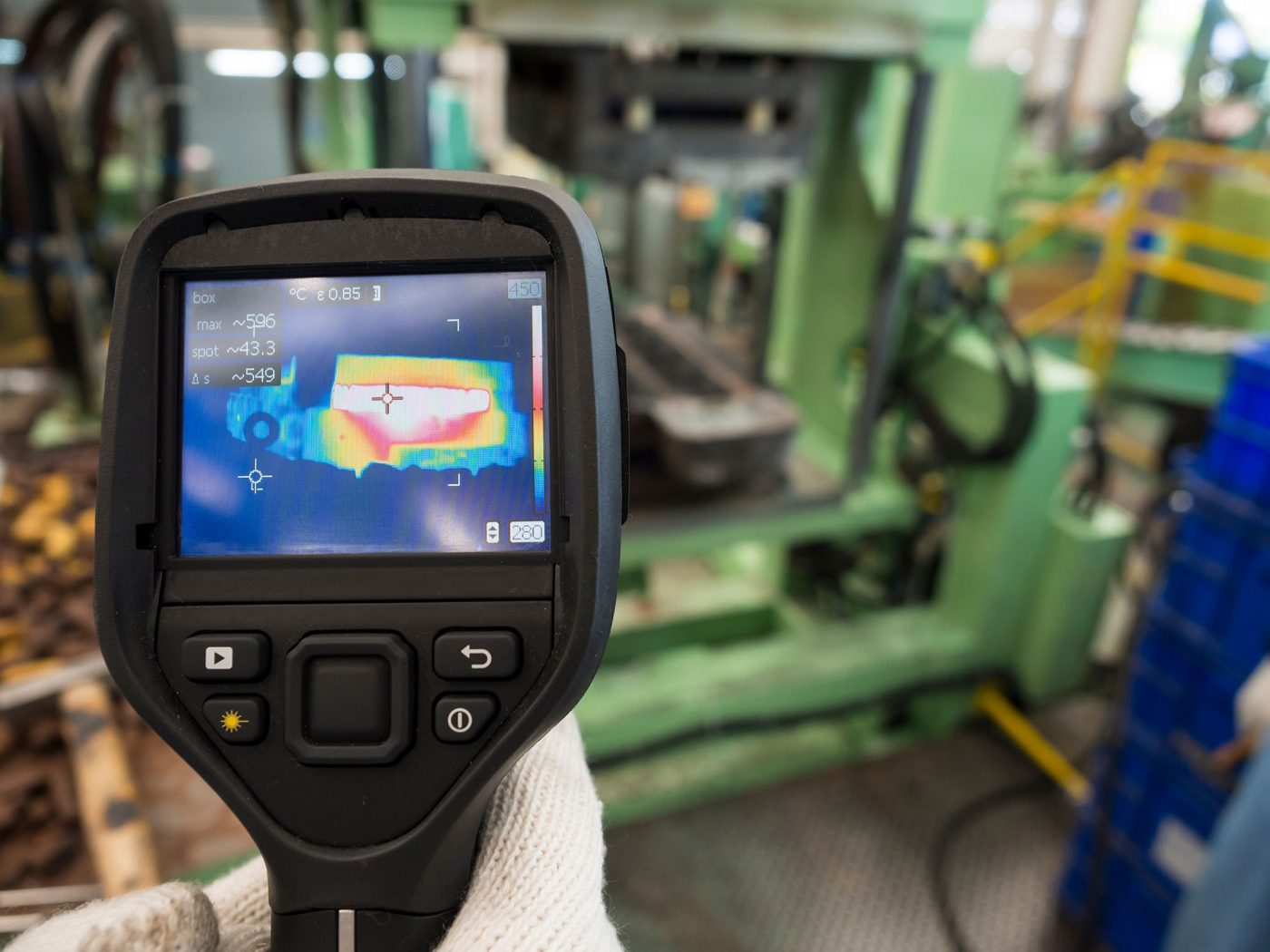At first glance, summer shutdown season might appear to be one of the most inactive portions on the calendar for a manufacturing or industrial plant. In actuality, it’s one of the most critical times of the year to lay the groundwork for a worry-free schedule after the summer shutdown ends.
Regular equipment maintenance and repairs during this phase go a long way toward keeping equipment running efficiently and, most importantly, keeping the assembly line moving.
During this summer shutdown period, with proper preventative electrical maintenance for high voltage switchgear, Roberts Onsite can help prepare your facility to run at optimal performance in the peak season.
This involves comprehensive cleaning and testing procedures to ensure the safety and reliability of critical components. By following these important steps, Roberts Onsite’s preventative maintenance service will ensure your plant is ready to flip the switch after your next shutdown period.
Cleaning procedures
Switchgear: Cleaning HV switchgear is essential to removing dust, dirt, and debris that accumulate over time. If not cleaned properly, these contaminated conditions can expedite surface leakage. Regular cleaning of HV switchgear is the crucial first phase that will prevent tracking from occurring.
Testing and Inspection
After that first step comes the testing and inspection phase. Through contact resistance training, insulation resistance training, mechanical operation testing and dielectric strength testing, we can identify any issues in the system.
Contact Resistance Testing: This test ensures that electrical contacts in circuit breakers and switchgear are making proper contact, which is critical for reliable operation and to prevent overheating.
Insulation Resistance Testing: Insulation resistance tests identify any degradation in insulation over time, which could lead to electrical faults or breakdowns.
Mechanical Operation Testing: Testing the mechanical operation of circuit breakers ensures they operate correctly when called upon, such as during fault conditions or maintenance shutdowns.
Dielectric Strength Testing: This test checks the ability of insulation to withstand high voltages without breaking down, ensuring the safety and reliability of HV equipment.
Lubrication and adjustment
Running like a “well-oiled machine” is more than just a saying; properly lubricated moving parts in circuit breakers and switchgear will help them last longer and continue to perform at a high level. Adjustment of settings and mechanisms ensures that devices operate within specified parameters and also helps optimize their performance and lifespan.
Lubrication and adjustment cannot be disregarded during equipment maintenance, even though it may seem like a simple step.
Visual and thermographic inspections
This is the “eye test”; if something looks suspicious to the naked eye, it should be examined much closer. A simple visual inspection can uncover things like corrosion, overheating or physical damage that may compromise equipment integrity. Left unchecked, degradation can affect the lifespan of equipment. But caught early, these visual cues help extend equipment life and reduce overall costs in the long run.
Aside from a visual inspection, thermographic inspections (using IR scans) can indicate issues with temperature patterns. Results from this thermal inspection may reveal issues like loose connections or overloading.
Documentation and record keeping
Has this ever happened at home, when you swear you just replaced a smoke detector recently, but it needs replacing again? Without a record to keep track of when you swapped it out, it’s all hearsay. But when you document it, there’s a visual record to refer to.
The same goes for manufacturing or industrial plants. By keeping a detailed record of maintenance activities, test results and equipment condition, you can properly monitor the ongoing health of these critical devices.
Using the data from this detailed record keeping, preventative maintenance can identify trends and patterns that may indicate potential future issues. Getting ahead of these issues can save a lot of time, money, and stress in the future.
Safety protocols
Safety is always the top priority in a manufacturing or industrial plant. Even during a summer shutdown with minimal staff on site, safety should never be neglected. By working at safe distances from energized equipment and adhering to lockout-tagout procedures, these safety protocols will protect personnel and prevent accidents.
Be proactive, not reactive
It’s always better to be one or two steps ahead. With proper preventative maintenance in place, there should be no surprises in your facility. By utilizing the preventative maintenance services from Roberts Onsite, you can extend the lifespan of your existing equipment, avoid costly repairs and replacements, while also optimizing performance and minimizing risks related to potential electrical faults and failures.
High-voltage switchgear may not last forever, but with the right maintenance support, these devices can keep your manufacturing plant running smoothly for a long time.


